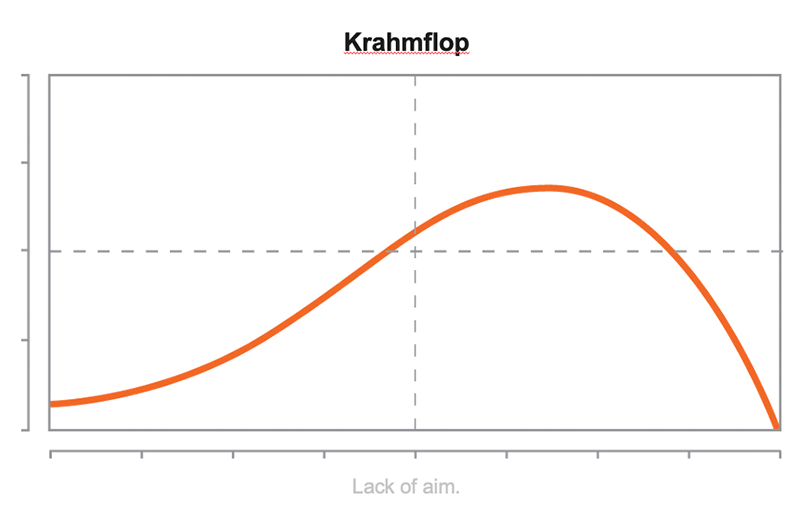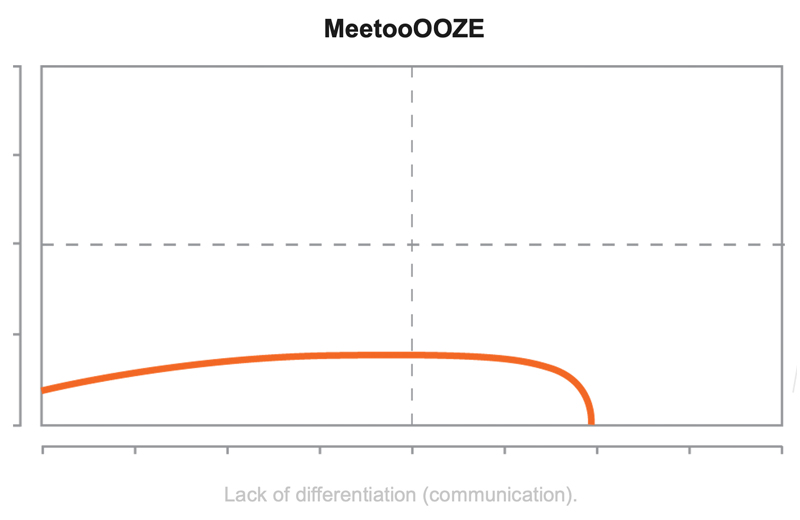People think about value in many ways, but the common denominators tends to be emotions and money. When you calculate the benefit from a service compared to its cost, the difference is value.
That’s not wrong. But if you want to elevate the value of an offering in the eyes of your customers — here’s a different formula for you: Value is joy minus pain.
Value = Joy – Pain
Value is Calculated With Emotion
The equation is emotional, not numerical because buying decisions are made emotionally. And that includes medtech and B2B.
In Adam Pierno’s book Under Think It: A Marketing Strategy Guidebook for Everyone, he explains how it works:
“We essentially weigh the joy we derive from a product. This is heavily skewed by the perception of the brand. Once our brains score how much joy the thing will provide, we begin deducting points for pain […] If the pain doesn’t cut too far into the joy, we act. We click. We subscribe. We buy.”
Look beyond features and benefits, and see the bigger picture.
A Holistic Perception of Value
Think holistically, considering the entire universe around your offer. Such as: delivery times, training packages, warranties, maintenance, education, access to experts. And, important to note, the experience with your website and other communication channels.
For example, take a small medical device company that has an amazing product, but limited resources. Maybe they rely on channel partners for service, training or even manufacturing. And maybe their website optimized for SEM and SEO.
This med device company can juice up the joy. They can have a story that wins, shape a brand that speaks to their audience, and be the company customers love to work with. They can still create immense joy in their offer, but they also need to continuously solve for barriers to their customers.
We can help with all that. Want to talk about ideas to amp the joy and improve your value equation? Let’s get in touch.
Related articles:
What Problem Are You Solving? (Look into your messaging and the prospective market for your product.)
3 Brains. 2 Eyes. 1 Way to Drive Behavior. (Speaking to the emotional, rational and sensory parts of the customer brain.)
The Impression You Give (Consider the customer’s perception of your company.)
Own Your Place in the Mind (Positioning your message to resonate with your customer.)








 What’s sad about a Krahmflop is that the thing being launched is the subject of so much internal love, excitement, and buzz. It’s your precious child. But then it goes out into the world and it’s like a kid who can’t get a seat at the popular table.
What’s sad about a Krahmflop is that the thing being launched is the subject of so much internal love, excitement, and buzz. It’s your precious child. But then it goes out into the world and it’s like a kid who can’t get a seat at the popular table.



